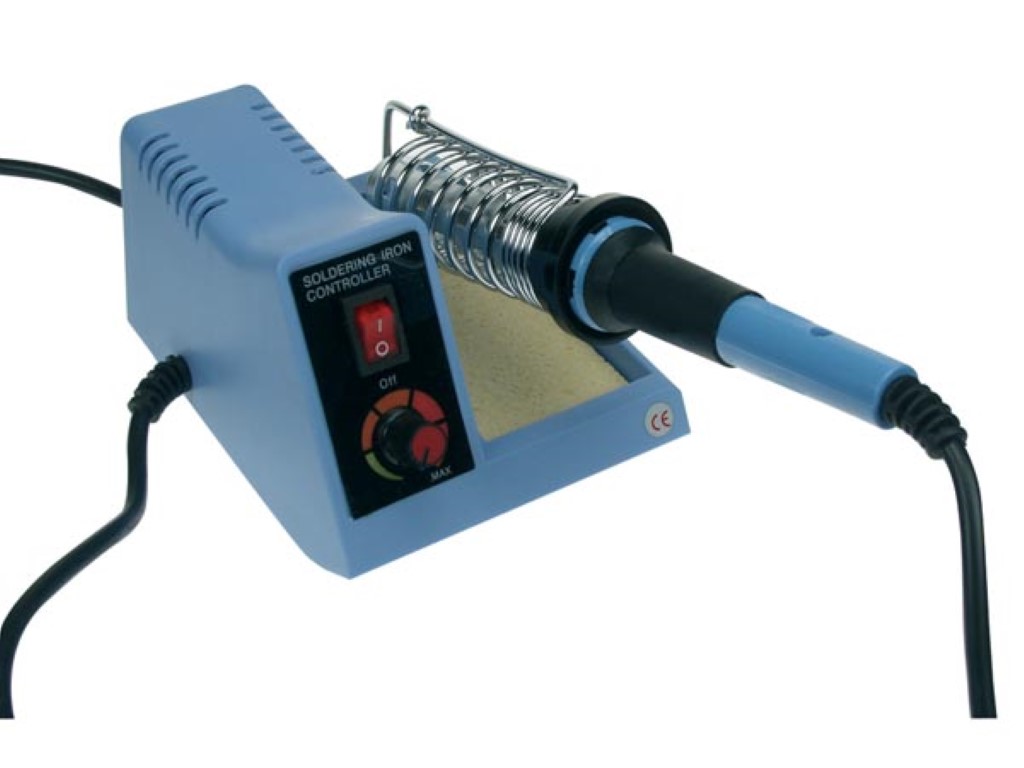I was working on a 1985 Ibanez Metal Screamer and 3 of the trases have pulled away just from light heating Is there away to fix,or do I need to run long leads down to next point on the board

 you can carefully stick them down with super glue, gently burnish any broken parts with very fine sand paper (400 or higher) or 0000 steel wool, and re-solder together.
you can carefully stick them down with super glue, gently burnish any broken parts with very fine sand paper (400 or higher) or 0000 steel wool, and re-solder together.

 you can carefully stick them down with super glue, gently burnish any broken parts with very fine sand paper (400 or higher) or 0000 steel wool, and re-solder together.
you can carefully stick them down with super glue, gently burnish any broken parts with very fine sand paper (400 or higher) or 0000 steel wool, and re-solder together.


Comment